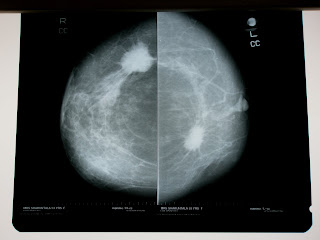


Large expansile grossly destructive irregular space occupying lesion involving the left temporal bone with intracranial extension and mass effect on brain stem, fourth ventricle and temporal horn.
Glomus jugulare tumors are rare, slow-growing, hypervascular tumors that arise within the jugular foramen of the temporal bone. They are included in a group of tumors referred to as paragangliomas, which occur at various sites and include carotid body, glomus vagale, and glomus tympanicum tumors.
The female-to-male ratio is 3-6:1. Glomus jugulare tumors have been noted to be more common on the left side, especially in females. The Glasscock-Jackson and Fisch classifications of glomus tumors are widely used. The Fisch classification of glomus tumors is based on extension of the tumor to surrounding anatomic structures and is closely related to mortality and morbidity.
Surgery is the treatment of choice for glomus jugulare tumors. Surgical approach depends on the localization and extension of the tumor. Intraoperative monitoring including EEGs and somatosensory-evoked potentials (SSEPs) are routinely used.Gross total resection of some extensive tumors may be extremely difficult and may carry unwarranted risk. In such cases, radiotherapy may be indicated to treat residual tumor following subtotal resection.
Submitted by Dr VN Goud (Elbit Medicla Diagnostics)
You can find more information on this topic here



























